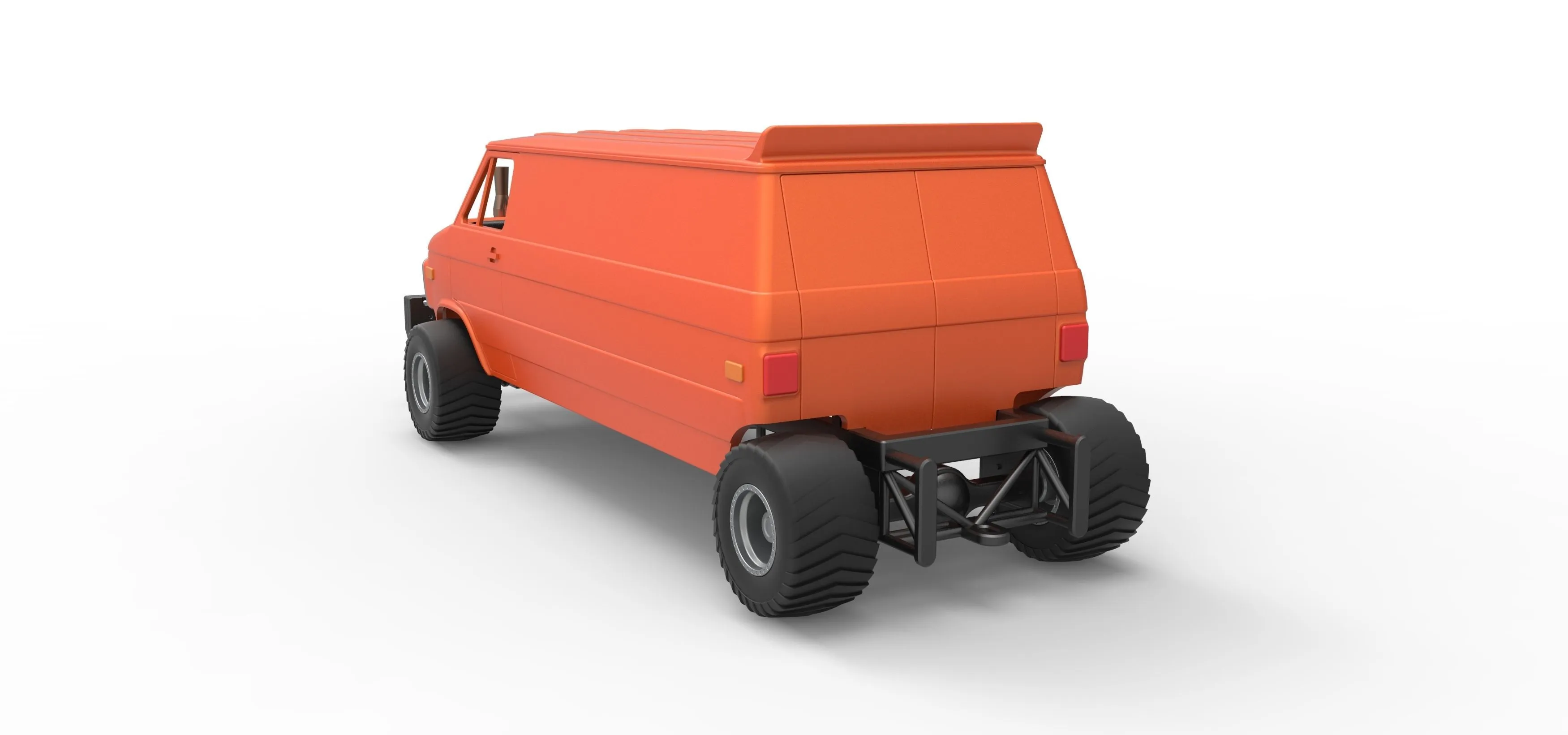What is a Diecast Model
Diecast models are miniature replicas of vehicles, primarily automobiles, aircraft, and other forms of transportation, crafted using a die-casting process. These models are typically made from a zinc alloy, often combined with other metals like tin and copper, which is then injected into a mold under high pressure. The resulting model offers remarkable detail and durability, making them popular among collectors and enthusiasts of all ages. The level of detail can range from basic representations to highly accurate and intricate recreations of the original vehicles, often down to the smallest features like interior details and engine components. These models serve not only as collectibles but also as educational tools, providing insights into automotive history, engineering, and design.
The History of Diecast Models
The history of diecast models can be traced back to the early 20th century, with the emergence of toy cars made from lead and other materials. However, the die-casting process, which allowed for mass production of more detailed and durable models, gained popularity in the 1930s. Early manufacturers like Dinky Toys and Corgi Toys pioneered the production of these models, initially creating them for promotional purposes and as toys for children. Post-World War II, the demand for these models surged, leading to a boom in the diecast model industry. Over the decades, diecast models have evolved significantly, with advancements in manufacturing techniques and materials leading to more intricate and accurate representations of real-world vehicles. This evolution has solidified their place as both cherished toys and valuable collectibles.
How Diecast Models are Made
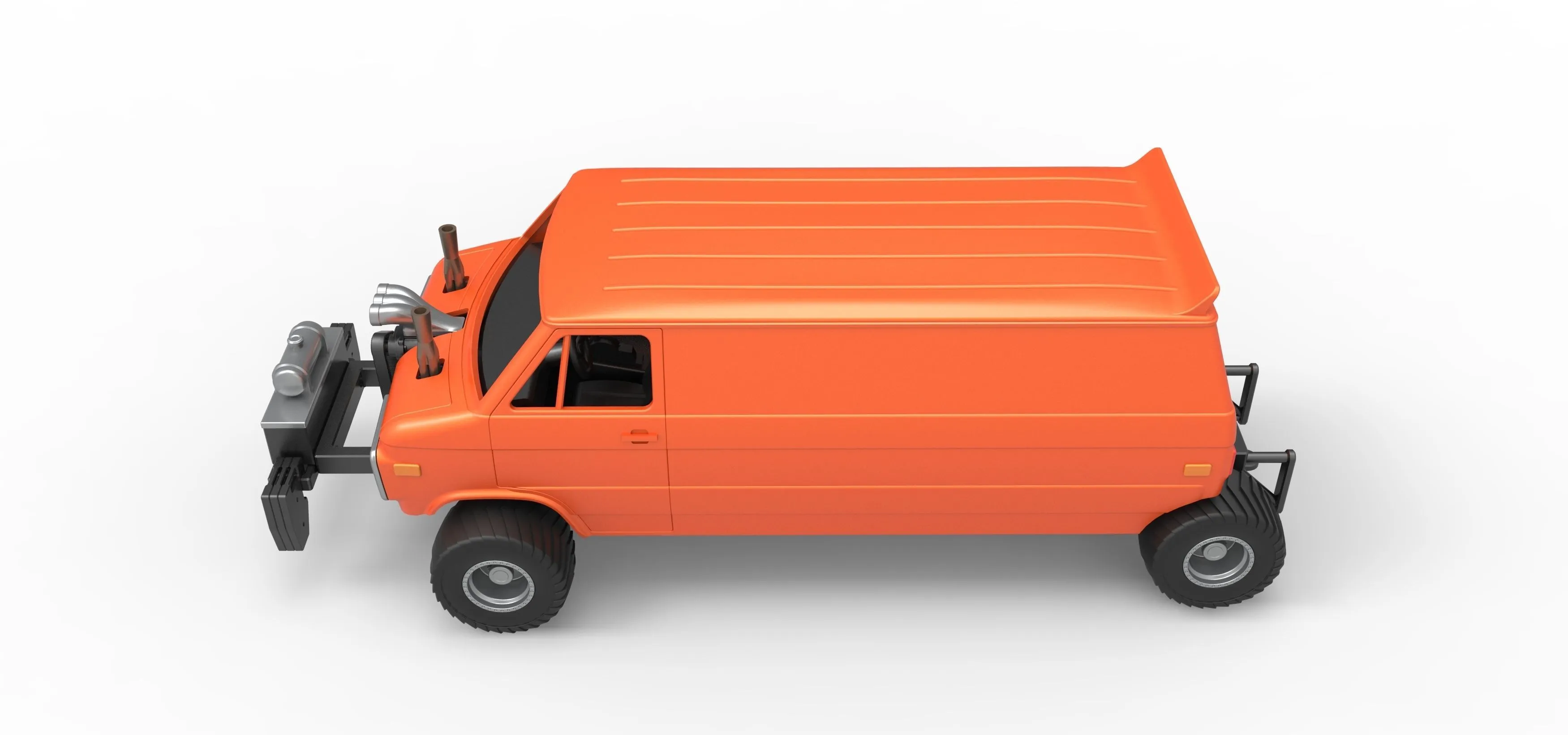
The creation of a diecast model is a complex process involving several stages, starting with design and mold creation. Designers create detailed blueprints and 3D models of the vehicles, which are then used to manufacture the molds. The molds are made from hardened steel and consist of multiple parts that fit together to create the shape of the model. Molten metal alloy is injected into these molds under high pressure, allowing the metal to fill every detail of the mold. After the metal cools and solidifies, the model is removed from the mold, and any excess material is trimmed. Following the casting process, the model undergoes several finishing stages, including painting, detailing, and assembly of various components.
Materials Used in Diecast Models
The primary material used in diecast models is a zinc alloy, often known as Zamak, which is a combination of zinc, aluminum, magnesium, and copper. This alloy provides a good balance of strength, durability, and the ability to capture fine details. Other materials are also used, including plastic for interior parts, tires, and windows. Diecast models often incorporate rubber or plastic tires, depending on the brand and the level of detail. Transparent plastic is used for windows and other clear parts, while intricate details such as headlights and taillights can be made using various types of plastic and sometimes even glass. The combination of these materials allows for the creation of highly detailed and realistic models.
The Diecast Manufacturing Process
The diecast manufacturing process begins with the creation of detailed molds, typically made from hardened steel. Molten metal alloy is injected into these molds under high pressure. This high-pressure injection ensures that the molten metal fills every detail of the mold, resulting in a precise reproduction of the vehicle’s features. After the metal cools and solidifies, the model is ejected from the mold, and any excess material or flashing is trimmed away. The model then goes through several finishing processes, including cleaning, painting, and detailing. These steps often involve the application of multiple layers of paint and the addition of decals, logos, and other intricate details to replicate the appearance of the real vehicle as accurately as possible.
Types of Diecast Models
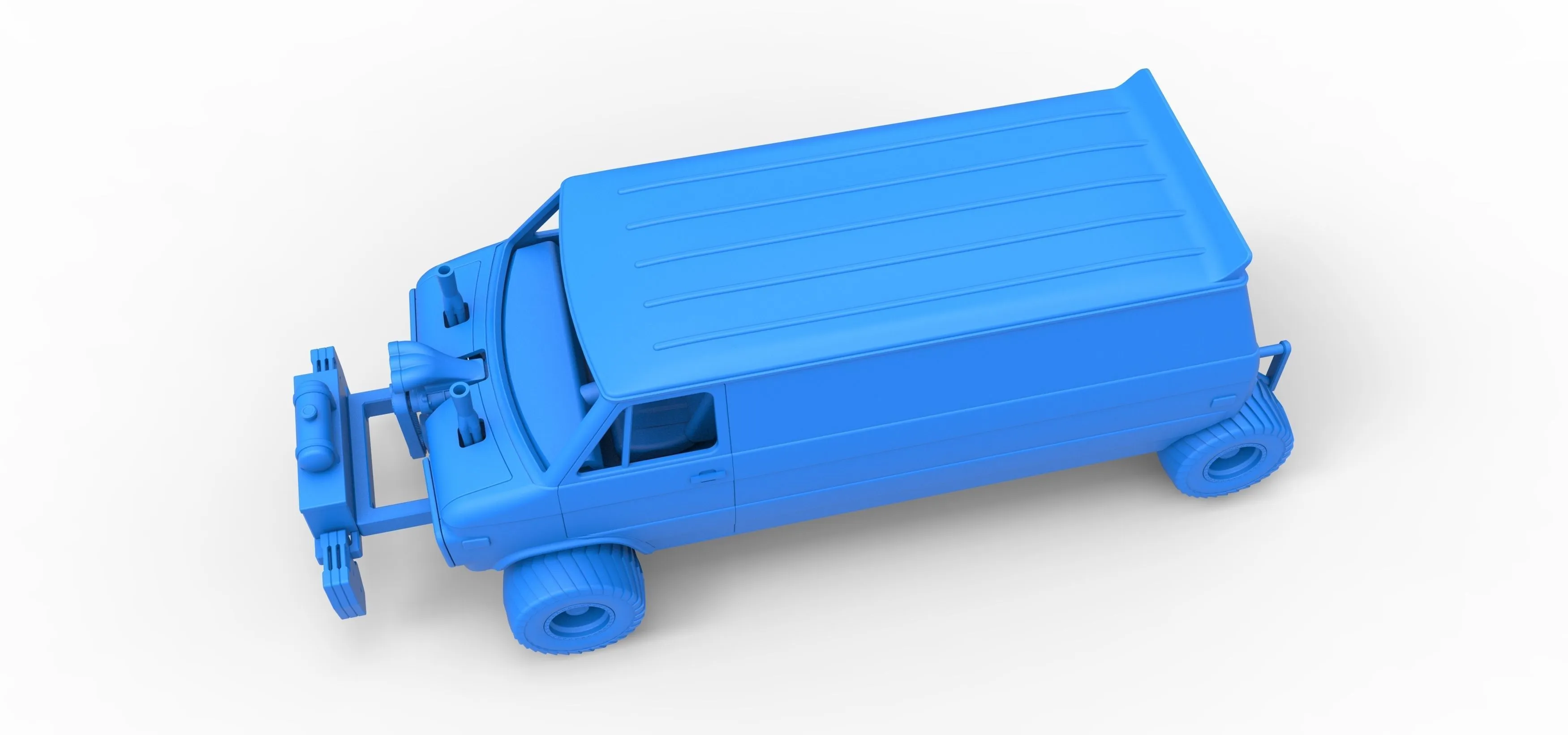
Diecast models come in a wide variety of types, catering to different interests and preferences. The most common are car models, representing various makes and models, from classic vintage cars to modern sports cars and trucks. Other types include aircraft models, such as airplanes and helicopters, and motorcycles, which are popular among collectors. Additionally, diecast models are made for trucks, buses, emergency vehicles, and construction equipment. The availability of different types ensures that there is something for every collector, reflecting diverse interests and collecting goals. The range of models available continues to grow, with new releases and variations appearing regularly, constantly expanding the options for collectors.
Scale Sizes
Scale sizes are fundamental in diecast model collecting, dictating the relative size of the model compared to the real-life vehicle. Common scales include 1:18, 1:24, 1:43, and 1:64. 1:18 scale models are larger, offering more detail and often featuring opening doors, hoods, and trunks. 1:24 scale models are also popular, slightly smaller than 1:18, but still provide a good level of detail. 1:43 scale models are more compact and are a popular choice for collectors with space constraints, while 1:64 scale models, often referred to as ‘matchbox’ size, are small and economical. Understanding these scales is crucial for collectors to determine the size of the models and the space needed for their collection. Different scales cater to varied preferences, with some collectors focusing on a single scale while others collect across multiple scales.
Popular Diecast Model Brands
Several brands have established themselves as leaders in the diecast model industry, known for quality, detail, and collectible value. Hot Wheels, a household name, is famous for its 1:64 scale models, appealing to both children and adult collectors. Maisto and Bburago produce models in various scales, with a focus on affordability and a wide range of vehicles. Autoart is known for its high-quality 1:18 and 1:43 scale models, featuring exceptional detail and accuracy. Another popular brand is Minichamps, specializing in models of race cars and Formula 1 vehicles. Corgi is a brand with a long history, known for its classic car models, while TSM (True Scale Miniatures) is renowned for its detailed and collectible models. These brands contribute significantly to the diversity and popularity of diecast model collecting, offering something for every collector.
Collecting Diecast Models
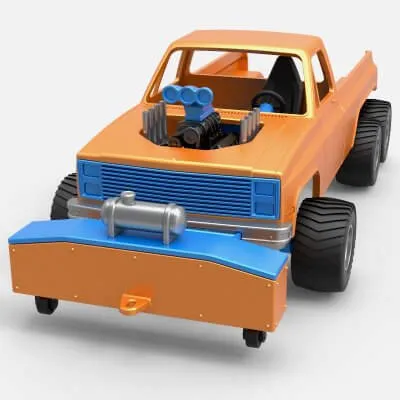
Collecting diecast models is a rewarding hobby enjoyed by enthusiasts worldwide. It involves acquiring and curating a collection of diecast models, often organized by brand, model, scale, or theme. Collectors can focus on specific types of vehicles, such as vintage cars, or follow a particular manufacturer’s models. The hobby provides a sense of nostalgia for many, rekindling memories of childhood and a passion for vehicles. Collecting also allows for the exploration of automotive history and design, with each model representing a specific era or model. Collectors often form communities, sharing their collections, and knowledge, and attending shows and events, enhancing the enjoyment and appreciation of this captivating hobby.
Setting Up Your Collection
Setting up a diecast model collection involves several steps. First, decide on a focus, such as a specific type of vehicle, brand, or scale. This focus helps narrow your search and adds a sense of purpose to your collection. Next, research and identify the models you want to collect, paying attention to detail, accuracy, and rarity. Consider where you will display your collection and ensure you have adequate space. When starting, set a budget to manage your spending and avoid overspending. Keep track of your models, recording details such as the purchase date, price, and any unique features. Finally, organize your collection, either by type, brand, or scale. This will make it easier to admire and showcase your collection.
Displaying Your Diecast Models
Properly displaying your diecast models is crucial for showcasing and protecting your collection. Display cases are a popular choice, providing protection from dust, sunlight, and accidental damage while allowing you to admire your models. Consider using shelves, cabinets, or wall-mounted displays, depending on the size and scope of your collection. Arrange your models thoughtfully, considering scale, theme, or model type. Use lighting to highlight the details of the models, but avoid direct sunlight, which can damage the paint and materials. Rotating the models on display can keep your collection fresh and exciting. Remember to regularly clean your models and display area to maintain their pristine condition.
Maintaining Your Diecast Models
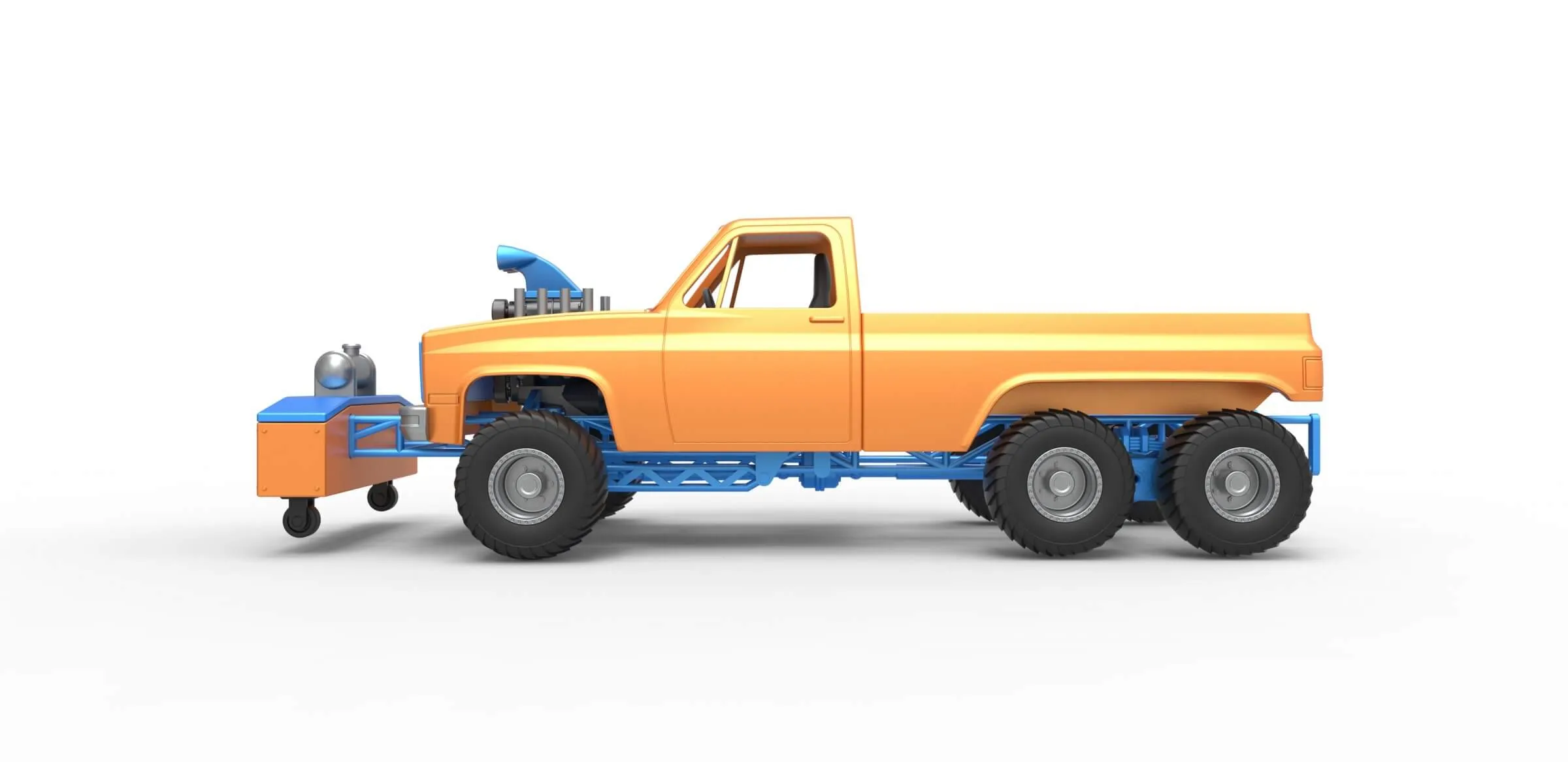
Maintaining your diecast models is essential to preserve their value and appearance. Regular cleaning removes dust and prevents damage to the paint and detailing. Use a soft brush or cloth to gently wipe the models, avoiding abrasive cleaners. Store your models in a cool, dry place, away from direct sunlight and extreme temperatures. Handle your models with care, avoiding unnecessary touching, which can transfer oils and dirt. Inspect your models regularly for any signs of damage, such as paint chipping or loose parts, and address these issues promptly. When moving or transporting models, use protective packaging, such as bubble wrap or foam inserts, to prevent damage during transit. Taking these precautions will help to ensure the longevity and value of your diecast model collection.
Where to Buy Diecast Models
There are numerous places to buy diecast models, both online and in physical stores. The availability of models varies, with different retailers offering unique selections. Understanding where to buy is essential to building your collection. Whether you are a new collector or experienced, it is important to explore all options.
Online Retailers
Online retailers offer a vast selection of diecast models, providing convenience and often competitive pricing. Major online marketplaces, like eBay and Amazon, feature many vendors offering a wide range of models, from new releases to rare finds. Dedicated online stores specializing in diecast models provide a curated selection, often with detailed descriptions and expert reviews. These specialized retailers frequently offer pre-orders and exclusive models, making them a valuable resource for collectors. When buying online, carefully examine the seller’s reputation, read reviews, and verify the model’s condition before purchasing. Pay attention to shipping costs and return policies to ensure a smooth and satisfactory buying experience.
Local Hobby Shops
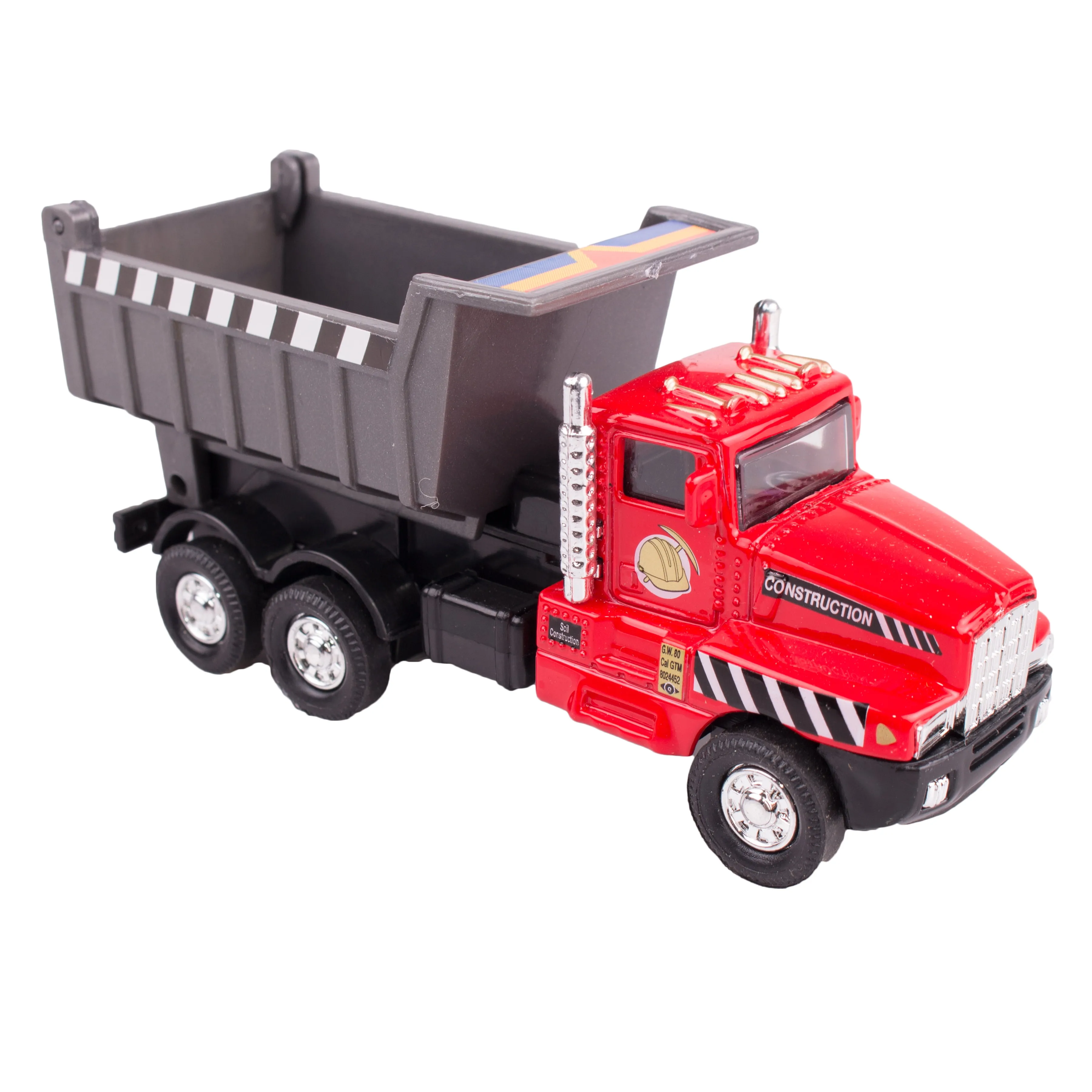
Local hobby shops are another great resource for buying diecast models, offering a more personal and hands-on shopping experience. These shops often have a curated selection of models, allowing you to see the models in person and assess their quality. Local hobby shops provide an opportunity to get advice from knowledgeable staff, who can offer insights and recommendations. Attending model shows and swap meets can be a great way to find rare models and connect with other collectors. Building a relationship with local hobby shop owners and staff can provide benefits, such as access to new releases and special offers. Support your local shops and enjoy the community atmosphere and the chance to find unique additions to your collection.
In conclusion, starting a diecast model collection can be an enjoyable and rewarding hobby. By understanding the basics of diecast models, learning about the different types and scales, and knowing where to buy and how to display your models, you can embark on a journey that brings years of enjoyment. With careful planning and a passion for vehicles, you can build a collection that reflects your interests and passions.
